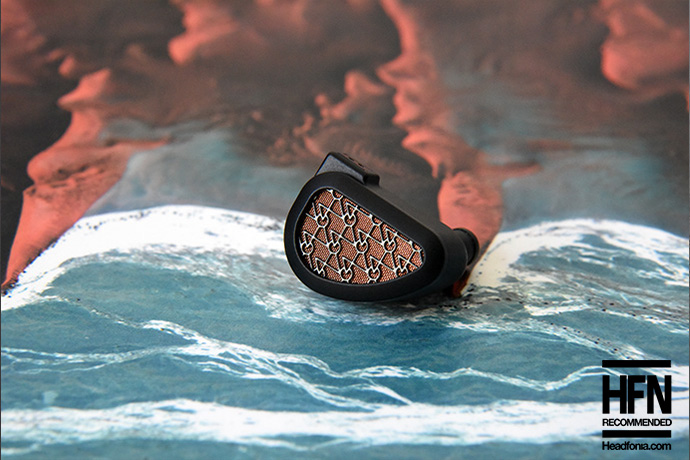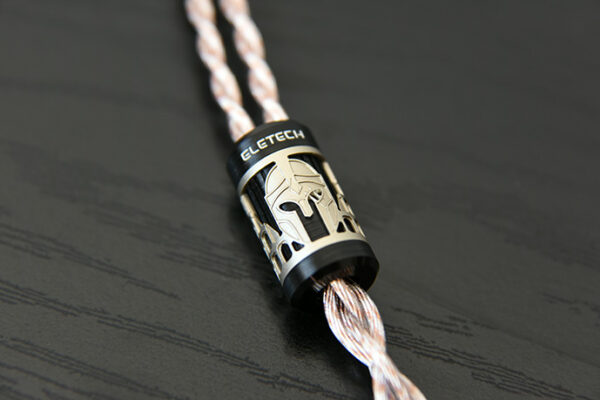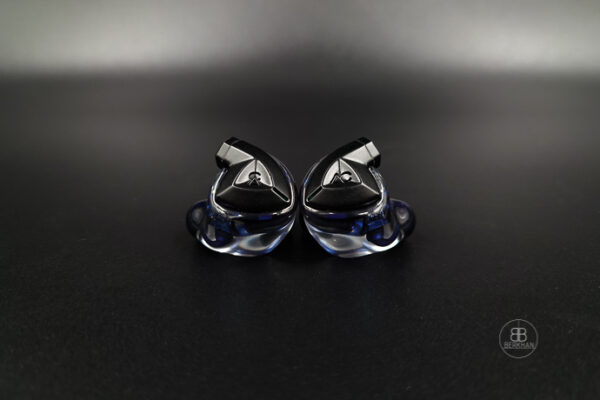If Google brought you here directly, jump back to the start of this review!
Comparisons
In this section, we will check out how the Solo compares to other IEMs currently available on the market. Solo steps into the ring against its own stable mate, the U4s, as well as FIR Audio’s Electron 12.
I only used stock cables and ear tips for this chapter. My source of choice was the Lotoo PAW Gold Touch.
64 Audio U4s
The U4s is a hybrid monitor using a dynamic driver for lows and three balanced armatures for mids and treble. The high driver is one of 64 Audio’s proprietary hat-less tia drivers. Solo and U4s aren’t that far apart in terms of pricing, as the U4s is only 300 USD cheaper.
The biggest advantage the U4s has over the Solo is its swappable Apex modules, with which you can change the sound and isolation values to your preference. I used the M12 (gold) module for this comparison.
Both monitors cater to different audiences in my opinion. The U4s can be characterized as a more exciting and powerful monitor, while the Solo is more even handed, richer and more organic.
Bass on the U4s hits harder and has a bigger presence in the mid bass. The Solo reaches slightly deeper into the sub-bass and has a more balanced lower end tuning overall. Solo’s lows have better resolution and finer texturing to my ears. It delivers a bigger bodied bass with more flesh on the bones, compared to the U4s. The U4s on the other hand pumps a bit more weight into the lower mids, making them appear a touch darker.
Solo has sweeter richness, where the U4s sounds dry in comparison. Especially in the mids is where I find these two to sound different. Even if their general appearance here does have a similar tuning, the Solo sounds more organic and emotional. The U4s is more analytical and clinical in that regard.
Both IEMs create a wide and deep sound stage, but to me, the Solo edges out the U4s in terms of layering and imaging. It places instruments with higher care and precision in the constructed room.
In the treble these two follow a different path in my opinion. While the U4s is faster, sharper and generally more forward, the Solo is more laid-back and softer. This is in line with their general character. The U4s being the more exciting one, while the Solo is more enjoyable in the long run.
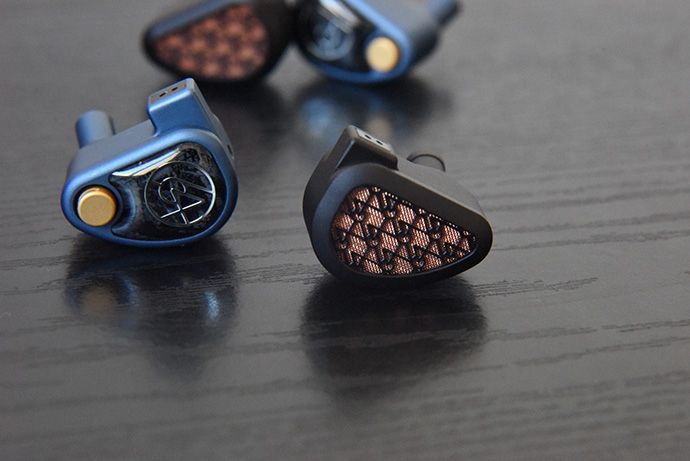
FIR Audio Electron 12
The Electron 12 (E12) is another single driver IEM. Unlike the Solo, the E12 uses a 12mm dynamic full-range driver. Both IEMs are fully tube-less and feature a pressure relief system to mitigate ear-fatigue. The E12 will set you back 1,799 USD compared to the 1,399 USD of the Solo.
The E12 has a more powerful low-end with a tighter grip and more sub-bass presence. 64 Audio’s Solo is more balanced and puts more weight and body in the bass response. To me, it sounds more organic, fuller and richer, but also has nicer detailing and texture in the low-end section. The E12 is faster, more tactile and dynamic in contrast.
In the lower mids, the FIR appears lighter and grainier if you will. It doesn’t have the same density and structure as the Solo, which is fuller and weightier in my opinion. The Solo features a richer and denser sound, that puts forth a warmer sound. The entire mids are fuller, thicker and richer on the Solo than on the E12. FIR’s IEM has a more transparent and open sound in comparison to Solo. Which in turn sounds a touch more intimate, but also emotionally more engaging and connecting.
The treble of the E12 has more bite and some might even find it too forward, especially compared to the Solo’s softer and more enjoyable top-end. E12 goes further up top with higher presence, but the Solo is more accessible and pleasing on the ear.
In terms of technical abilities these two deliver a promising fight. The E12 creates a wider stage, but the Solo edges it out in terms of depth and height. FIR’s Electron 12 has superb instrumental separation, but so does the Solo. The Solo places instruments on a darker background though, which delivers a higher contrast to the musicians.
Both IEMs offer a different sound experience in my opinion. The E12 is more exciting with its powerful lows and fast lower treble, while the Solo is more enjoyable with its balanced and supremely rich tuning.
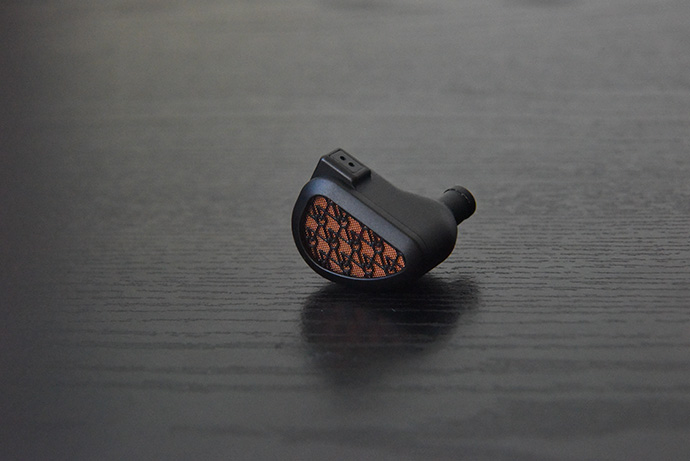
Conclusion
64 Audio has created an exemplary monitor with the Solo in my opinion. It is an excellent choice for anyone who’s looking for a highly refined and balanced signature that oozes richness and, for the lack of a better word, musicality.
The Solo delivers a detailed and impactful bass, when called upon, without overpowering the rest of the frequencies. Its mids are slightly warm with a beautifully rich tonality, an emotional depth and vocal presence that really captures and guarantees a pleasant listen. Couple that with impressive technical abilities and a soft treble tuning, and you got yourself a winner.
On top of its excellent tuning and sound, the Solo comes with a superb package that leaves nothing to desire and a build quality that can only be described as flawless. By going a slightly different route and incorporating Helmholtz resonators, 64 Audio has again shown their creative thinking when faced with complexities.
Solo is one of the few monitors that truly convinced me this year and has effortlessly earned its place in our recommended IEM list.

Summary
Pros:
Rich midrange and treble
Impactful when needed
Superb technicalities
Flawless build quality
Excellent packaging
Cons:
Some might want more lower mids







